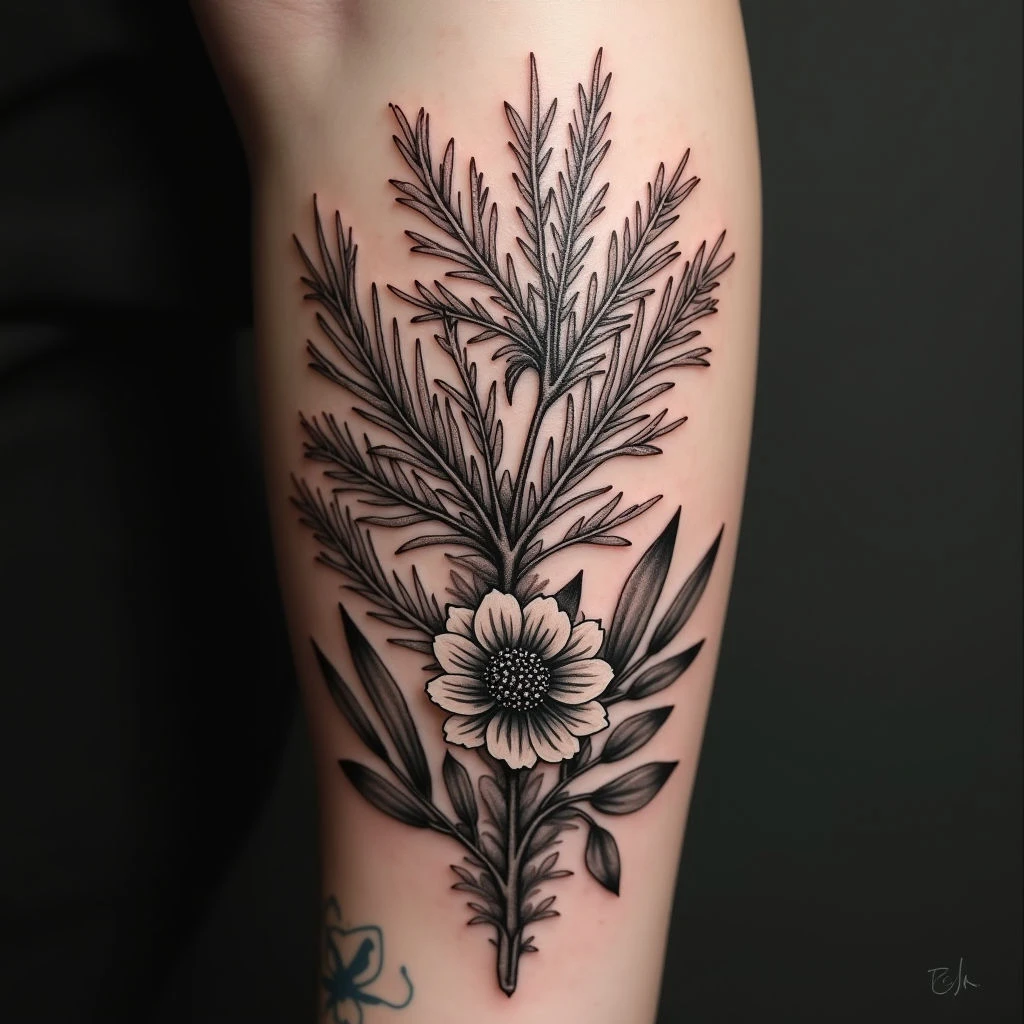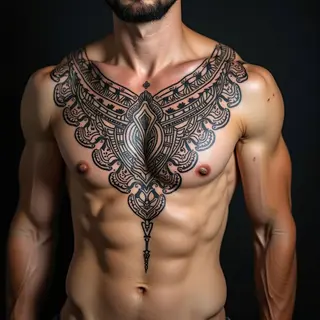Designing Your Tattoo: A Guide to Crafting Lasting Art
Getting a tattoo isn't just about picking an image—it’s about creating a piece of art that tells your story and stands the test of time. This guide walks you through the design process, from initial ideas to the final result.
1. Finding Inspiration
The possibilities are endless! Don't settle for generic clip art; really explore what resonates with you. Here’s a few places to start:
Nature's Beauty
Botanical tattoos remain incredibly popular—think of the intricate details in leaf veins, delicate flower petals, or the texture of tree bark. Understanding plant anatomy and how they change with the seasons can add real depth and realism to your design.
Cultural Symbolism
Dig into the meanings behind symbols from different cultures. A lotus, for example, often represents enlightenment in Buddhism, while a Celtic knot speaks of eternity. It’s about more than just aesthetics; it's about connecting to something deeper.
Personal Significance
The most meaningful tattoos usually come from personal experiences or passions. A beloved pet, a significant date, a favorite quote—these are all fantastic starting points for your design.
2. Choosing Your Style
Different tattoo styles lend themselves to different aesthetics. Here's a quick overview:
- Traditional/Americana: Bold lines and classic motifs like roses or anchors.
- Neo-Traditional: A modern twist on the traditional style, with richer colors and more detail.
- Realism: Requires an incredibly skilled artist to achieve photorealistic portraits or detailed landscapes; black and grey shading is key.
- Watercolor: Mimics the look of watercolor paintings—soft, blended colors are essential.
- Blackwork/Tribal: Uses solid black ink in bold patterns.
- Dotwork: Creates images using thousands of tiny dots – a time-consuming but impressive technique.
- Minimalist: Simple and clean designs with fine lines.
3. The Consultation Process
Once you have a general idea, schedule a consultation with a tattoo artist. Be prepared to discuss your inspiration and desired style, where on your body you envision the piece (considering anatomy and how it will flow), size and complexity, and of course, budget—larger, more detailed tattoos naturally cost more.
4. Working with Your Artist
Your artist is your collaborator! Be open to their suggestions and feedback; they can help refine your design and ensure it translates well onto skin.
5. Aftercare
Proper aftercare is absolutely vital for healing and preserving the integrity of your tattoo. Follow your artist's instructions carefully—this includes cleaning, moisturizing, and protecting it from sun exposure.


